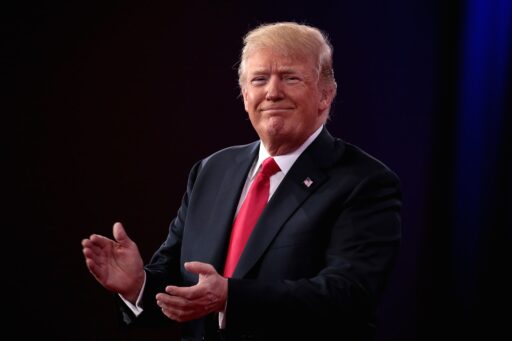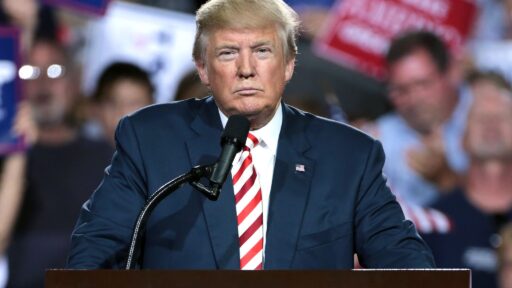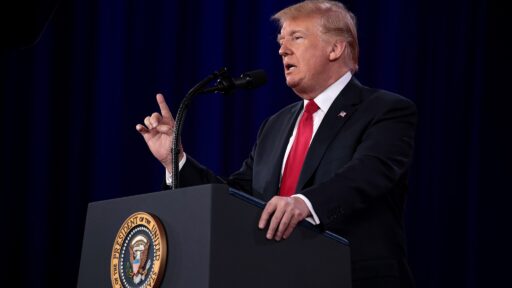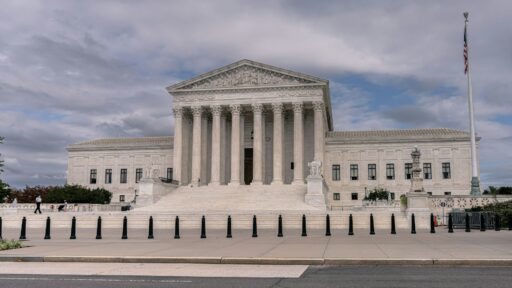This is a stunning new development.
Recent revelations have cast a new light on the events surrounding the Butler, Pennsylvania campaign rally where former President Donald Trump was set to speak. Text messages from local law enforcement, obtained by the office of Republican Senator Chuck Grassley of Iowa, show that authorities had concerns about the shooter, Thomas Crooks, well before Trump even arrived.
The messages reveal that more than 90 minutes before Trump took the stage, a local countersniper who was concluding his shift sent a warning about a suspicious individual outside the rally’s perimeter. This information contradicts earlier claims that law enforcement only became aware of potential threats within an hour of Trump’s speech, as reported in congressional hearings and by The New York Times.
The messages also indicate that 25 minutes before Trump’s speech and 33 minutes before the shooting, officers were advising each other to alert the Secret Service about a “kid” who seemed to be monitoring the area with a range finder. Despite this warning, the Secret Service did not take significant action, allowing Crooks to remain a step ahead.
In fact, Crooks had conducted reconnaissance on the rally site a day prior to the Secret Service’s visit and utilized a drone to survey the area—an action that went unnoticed by the security team. Crooks’ preparation extended to researching historical assassinations, including the distance from which Lee Harvey Oswald shot President Kennedy in 1963, and positioning himself on a roof 400 feet from Trump.
The Secret Service’s lack of coverage on this crucial roof, combined with Crooks’ ability to observe the countersnipers assigned to the event, further underscores the lapses in security. As Crooks refined his focus on Trump following the rally’s announcement, his online searches revealed a disturbing interest in past political assassinations and high-profile figures.
The information unveiled by the texts, combined with investigative reports and public testimony, highlights significant gaps in the security protocols surrounding the rally. This new evidence calls into question the effectiveness of the measures in place and the overall preparedness of the Secret Service in protecting high-profile individuals from potential threats.







